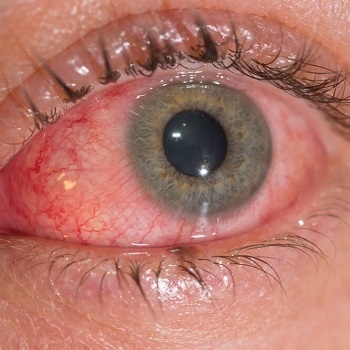Conjunctivitis, also known as red eye or pink eye, is one of the most common eye conditions affecting people in the UK. Caused by a bacterial or viral infection, or an allergic reaction - it can be very contagious, which means it’s vital to catch it early and prevent it from spreading to those close to you.
If you think you’ve got conjunctivitis or any other type of eye condition - don’t delay, get the help you need today.
Our GPs can make a fast and detailed assessment of your condition and prescribe the necessary medication to help get it cleared up quickly.


Conjunctivitis caused by a viral or bacterial infection is called infective conjunctivitis, while the kind caused by an allergic reaction is known as allergic conjunctivitis. In some cases, an attack of conjunctivitis can be caused when something gets lodged in the eye, causing irritation.
Whatever the cause, conjunctivitis occurs when the layer of cells that covers the front of your eyes (the conjunctiva) become inflamed, leading to a range of unpleasant symptoms.
As mentioned, conjunctivitis is highly contagious and you’re at a greater risk of developing the condition if you’ve been in contact with someone else who recently had it.
You’re also particularly at risk if your immune system has been compromised by another infection (like cold or flu), have diabetes or are taking certain types of steroids. Young children and older people also have a heightened risk of developing conjunctivitis.
The symptoms caused by conjunctivitis can differ according to the cause of the condition. However, the two most common symptoms include:
Redness of the eye: This occurs due to the inflammation of the cells and widening of the blood vessels in the eye.
Discharge: In those with conjunctivitis, the cells and glands responsible for producing tears and mucus become overactive - leading to an excess of water and mucus, which can often have a yellow tinge to it.
Other common symptoms with conjunctivitis include:

